Sir John Petre, 1st Baron of Writtle
History of Mill Meadows
An old postcard of Mill Meadows
Mill Meadows has been a Local Nature Reserve since 1994. However it has a rich history spanning centuries, encompassing land, buildings and families, which has shaped the place it is today…
The land that makes up Mill Meadows can be traced back to the Saxon period when it was part of the Manor of Great Burstead. In 1066 it was given to Odo the Bishop of Bayeux until the Dissolution of the Monasteries in 1536 when it was given to Sir Richard Riche. By 1593 a windmill is recorded on the site, and it is believed this mill together with another built by Thomas Wood in 1777 gave Mill Meadows its name.
In 1600 it was sold to Sir John Petre, the Baron of Writtle, and became part of his estate
which includes Thorndon Hall, Writtle Park and Ingatestone Hall. The Petre family had tenants on the land. They were typically gentleman farmers who used the land for grazing for horses, cows, pigs and hens. Over the next two centuries the land remained in use as farmland, with the tenancy and ownership changing. The 17 fields that make up Mill Meadows today are taken from the property transactions that used field and tenants' names to identify them. Mill Meadows have retained the field names to preserve this ancient tradition.
In 1787 John Ward, a wealthy business man from Surrey, began a process of acquisition
which was to put ownership of Mill Meadows within the Ward family until 1961. In 1961 much of the land of Mill Meadows was sold to the Metropolitan Railway Country Estates (MRCE) for housing development, which took place from 1960–1980. The remainder of the area was sold to Basildon District Council in 1991 who have since managed it as the local nature reserve we know today.
Download our History of Mill Meadows booklet [PDF] for a chronological history of Mill Meadows.
Explore more of the history of Mill Meadows, its farms, buildings and the people who made it the place it is today, by clicking the topics below:
download
HISTORY OF mill meadows BOOKLET
Download our History of Mill Meadows booklet [PDF] for a chronological history of Mill Meadows.












